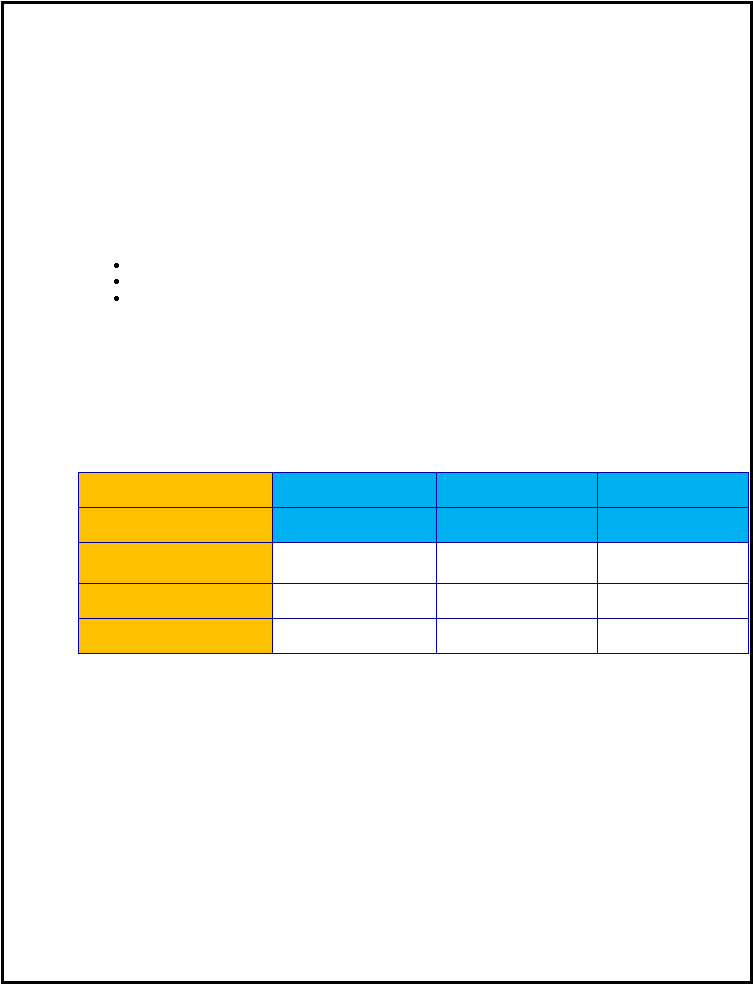
SAE J2735-Draft-Rev29 [issued: 12-11-08]
-
233 -
This is an SAE Motor Vehicle Council draft document of the DSRC committee, subject to change.
Adjusting Priority
Although the J2735 defined message priority table indicates a single priority for each message set, in
practice priority is an attribute of a specific message. The priority of a specific message can be raised or
lowered, compared to the default priority in the table, according to the policies of the transmitting device.
For example, the priority of a Basic Safety Message (BSM) that includes a “hard brake” status might be set
higher than the priority of a BSM without such an indication.
Latency Ranges
In this annex, three latency (urgency) ranges are used:
Less than 10 ms
Between 10 and 20 ms
Greater than 20 ms
In some cases the transmission channel may be unavailable upon the occurrence of an event, e.g. if a device
occasionally switches to another channel. In general, the latency interval begins at the later of the event
time and the channel availability time.
General Message Priority Scheme
The general message priority scheme is:
Importance
Urgency
< 10 msec
from 10 to 20 msec
>20 msec
Safety of Life
7
5
3
Public Safety
6
4
3
Non-Priority
2
1
1
Table 1 - General Message Priority Scheme
Message Priority Table
The message priority table incorporates the current and probable message sets (designated as examples):

